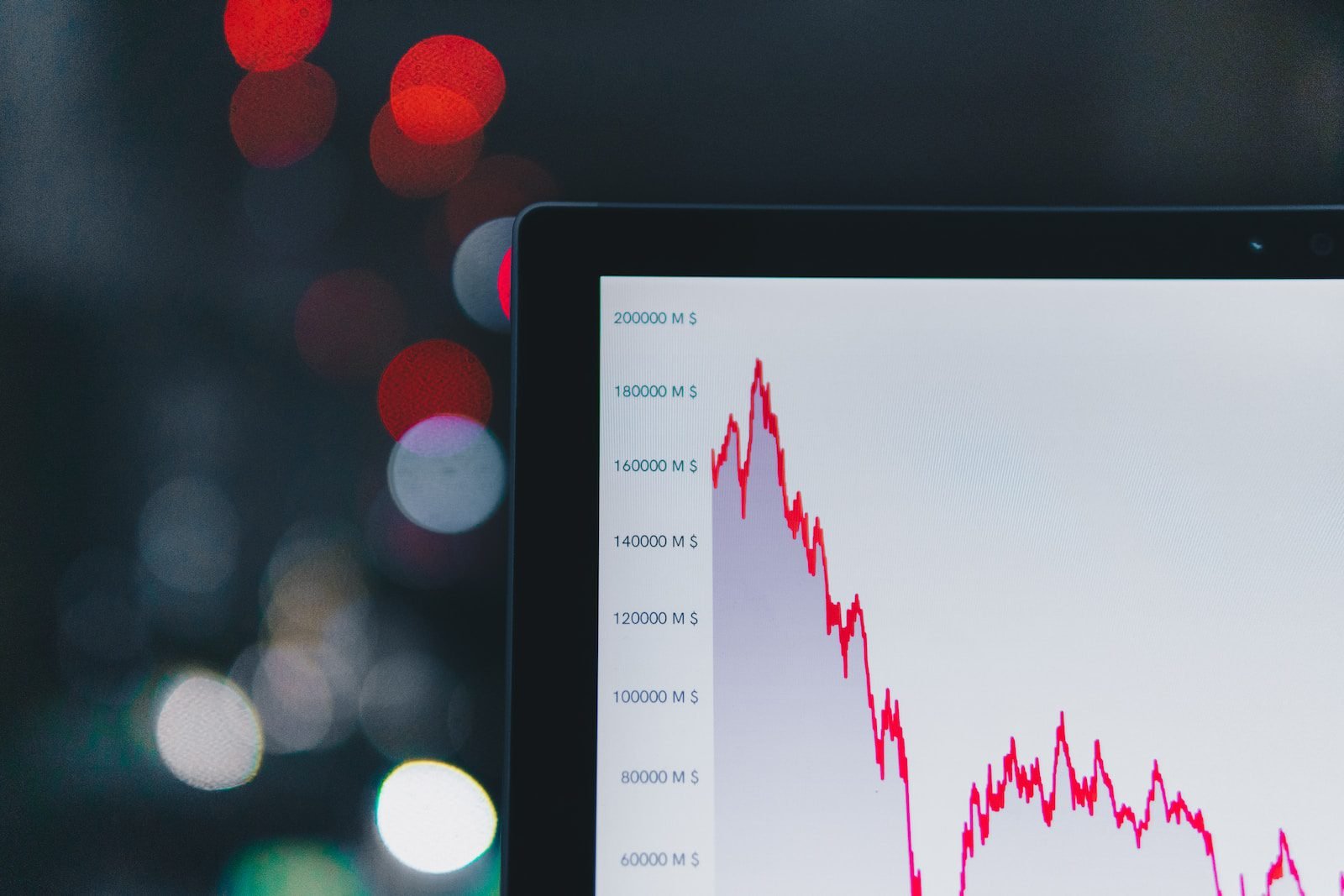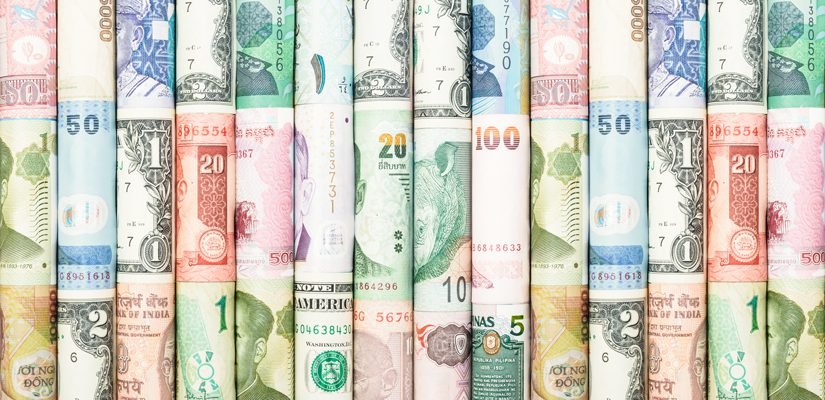In a surprising turn of events, the U.S. dollar experienced a significant rise on Friday after the release of May’s non-farm payrolls report, which revealed a remarkable surge in employment numbers. Traders are now assessing the possibility of the U.S. Federal Reserve opting to skip a rate hike in June.
According to the report, payrolls in both the public and private sectors increased by a staggering 339,000 in May, surpassing the average forecast of 190,000 by economists polled by Reuters. This impressive surge follows a rise of 253,000 in April.
Despite this robust hiring activity, the unemployment rate climbed from April’s 53-year low of 3.4% to 3.7%.
The dollar index =USD, which measures the U.S. currency against six others, recorded a gain of 0.435% at 103.980, marking its largest daily percentage increase since mid-May. However, the dollar experienced a 0.2% slip for the week, its most substantial weekly decline since early May.
This rise in the dollar comes after a 0.62% slide on Thursday, its worst performance in nearly a month. The drop occurred following indications from Fed officials suggesting that the central bank will not pursue an interest rate hike this month.
“The Fed has painted themselves into a corner with these most recent statements about the need to take a pause, and then maybe look to hike in July, and I think they’re going to regret it after today’s non-farm payroll number,” remarked Paresh Upadhyaya, the director of fixed income and currency strategy at Amundi US.
Market indicators currently estimate a roughly 29% chance of a rate hike in June, down from nearly 70% earlier in the week.
Addressing the current situation, Philadelphia Fed President Patrick Harker stated, “It’s time to at least hit the stop button for one meeting and see how it goes.” Fed Governor Philip Jefferson also supported the notion of skipping a rate hike, explaining that it would provide the committee with an opportunity to gather more data before making decisions on further policy adjustments.
However, market analysts are concerned about the lack of guidance or feedback from officials due to the Fed’s blackout period ahead of the Federal Open Market Committee meeting. Marc Chandler, the chief market strategist at Bannockburn Global Forex, commented, “It’s going to be hard to see a pushback from officials or any guidance from officials after this employment report.”
In other news, the U.S. Senate’s approval of a bill to suspend the debt ceiling and prevent a catastrophic default removed a pillar of support for the dollar. Paradoxically, the dollar had benefited from the uncertainty surrounding the debt ceiling issue due to its safe-haven status.
Fitch Ratings, however, announced that despite the debt limit agreement, the United States “AAA” credit rating would remain on negative watch. The rating agency cited repeated political standoffs and last-minute suspensions of the ceiling before the deadline as reasons for the negative watch.
During the week, the dollar surged by 0.8% against the yen, marking its most significant weekly percentage rise since mid-May. Sterling also rose by 0.8% against the dollar, poised for its most substantial weekly gain since late April.
On the other hand, the euro EUR=EBS dropped by 0.45% to $1.07135, retracing from its one-week high achieved after European Central Bank President Christine Lagarde’s statement that further policy tightening was necessary.
Meanwhile, the Australian dollar AUD=D4 experienced a surge following an announcement by Australia’s independent wage-setting body, stating that the minimum wage would increase by 5.75% starting July 1.
As a result, the Aussie rose by as much as 0.93% to $0.663, its strongest level since May 24, and ultimately ended up 0.59% higher against the greenback at $0.661.
Disclaimer: CurrencyVeda is an educational information provider and does not offer financial advice. The content provided is for educational purposes only and should not be considered financial or investment advice. Trading in foreign exchange markets carries risks, and readers should seek the guidance of a qualified financial professional before making any investment decisions. CurrencyVeda does not guarantee the accuracy or completeness of the information provided and is not liable for any losses incurred.
References-
https://tradingeconomics.com/united-states/currency
https://www.philadelphiafed.org/our-people/patrick-t-harker
https://www.linkedin.com/in/chandlermarc
https://www.ecb.europa.eu/ecb/orga/decisions/html/cvlagarde.en.html





